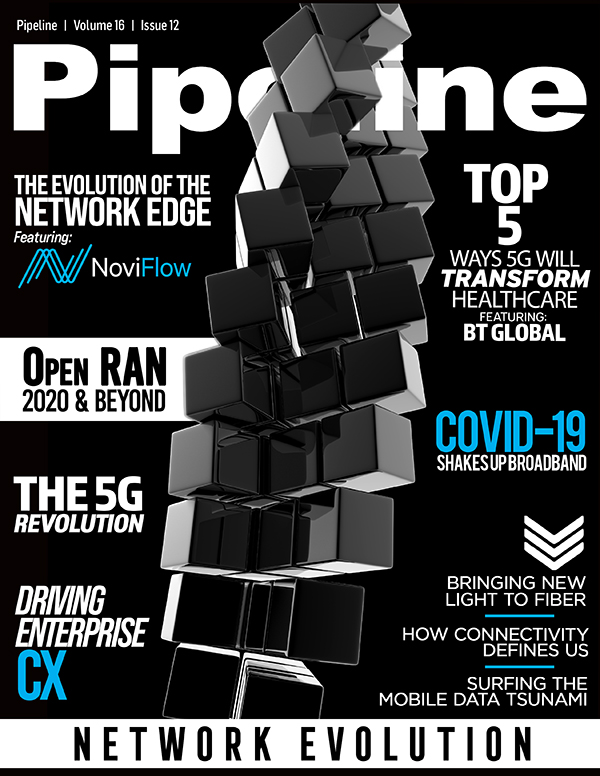How COVID-19 Has Changed the Broadband Industry
This 50 Mb/s figure is important because it’s about the benchmark of the new normal, according to Nokia’s bandwidth forecast model, which has been updated to reflect lockdown needs. Looking at typical usage of a lockdown household—for example, a homeworker on a video conference call, a student on an e-learning platform and another family member on Netflix—a comfortable minimum downstream bandwidth easily reaches the 50 Mb/s mark, more for a household with many simultaneously connected devices, demand for 4K TV, or virtual reality, etc.
As already mentioned, upstream is important, too: 15 Mb/s is about the minimum for the kinds of activities where “consumers” of video have now become “producers.” This is why Omdia’s revised market forecasts specifically call out increased PON investment. Fiber-to-the-home is the priority—not only to meet the new levels of bandwidth demand but also as an enabler of 5G rollouts. As 5G standards have matured, PON has become the obvious cost-effective solution for providing backhaul and fronthaul for 5G traffic. The difference between a PON fiber access network with residential Wi-Fi on the end of every connection is really no different from a PON fiber access network with a 5G small cell on the end of every connection. That’s where we’re rapidly headed.
For governments, there’s an urgency to rethink the broadband plans they drew up before COVID. The sheer scale of vulnerable households—both unserved and underserved—affects previous timelines for connectivity and minimum service levels. At the same time, there is the opportunity to bring 5G and FTTH plans together to provide the ubiquitous coverage that protects citizens and economies.
From the operator perspective
Operators will, of course, need to respond to government requirements, but they also have pressing concerns and opportunities of their own. The surge in demand brought about by COVID lockdowns has blown apart two long-held rules of thumb in broadband. The first is that subscribers don’t all need bandwidth at the same time. Until now, we’ve been able to rely on statistical multiplexing to, for example, provide a gigabit service to 16 homes, using PON fiber technology that delivers a maximum 2.5 Gb/s—simply because those 16 homes are unlikely to need a full gigabit at the same time. This assumption is no longer valid, leaving operators at risk of being unable to meet their agreed service levels. The second rule of thumb is around year-on-year traffic growth. Operators typically plan for around 10 percent traffic growth per year. They’ve seen four or five years of growth almost overnight. This implies that, even in well-connected and well-served areas (e.g. gigabit fiber areas), network upgrades must be accelerated. This will result in a much faster adoption of higher speeds and more symmetrical next-generation PON (10G or higher) technology.
We often talk about something being a “lifeline” in times of trouble. Never has it been more apt than for broadband during the COVID-19 pandemic. Broadband has literally been sustaining lives through lockdown, providing some level of social, educational and economic continuity to billions of people. If nothing else, COVID’s lasting legacy for the broadband industry will be the realization that broadband should no longer be seen as a luxury but as a fundamental necessity for citizens of the 21st century.





















